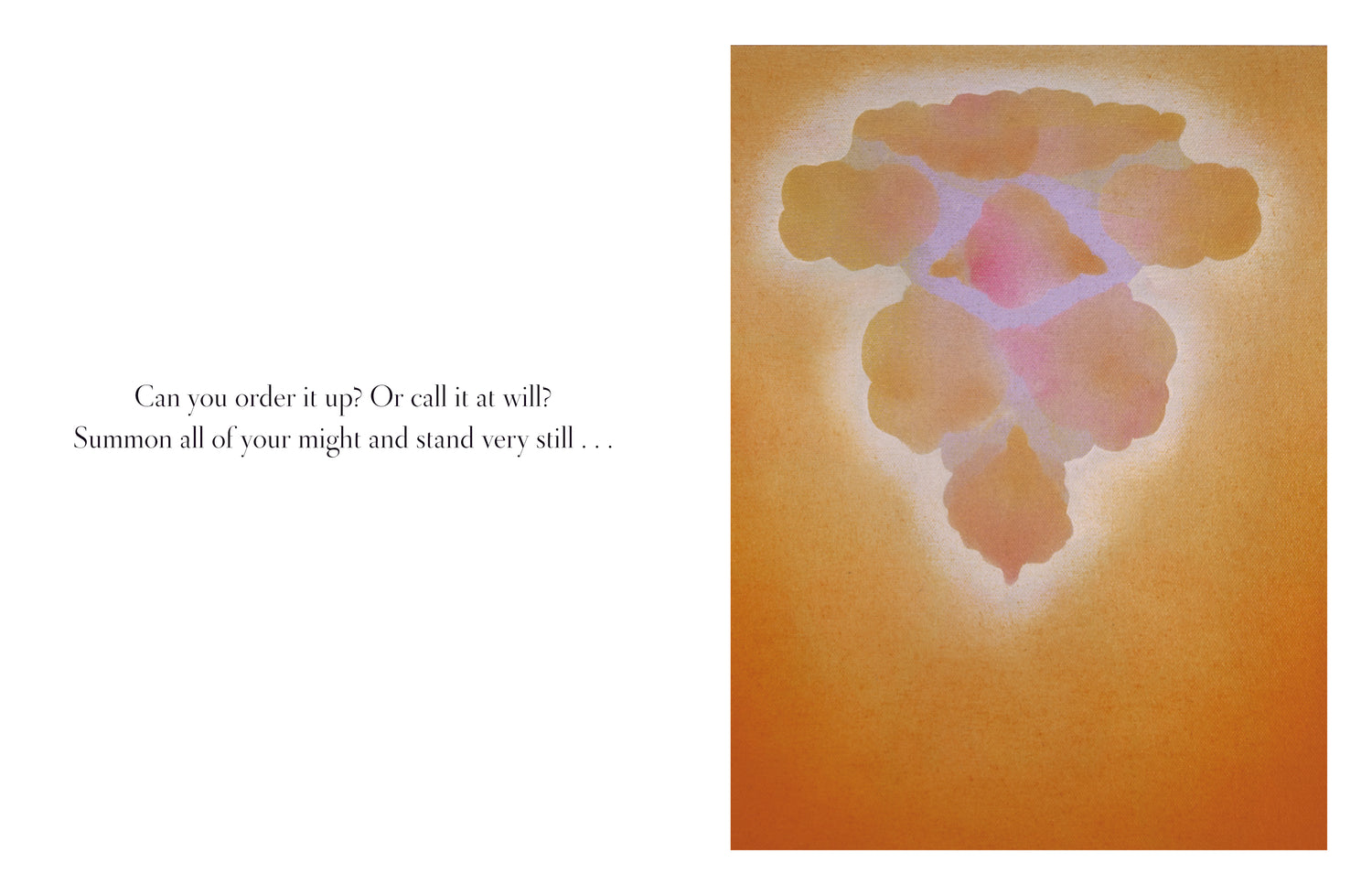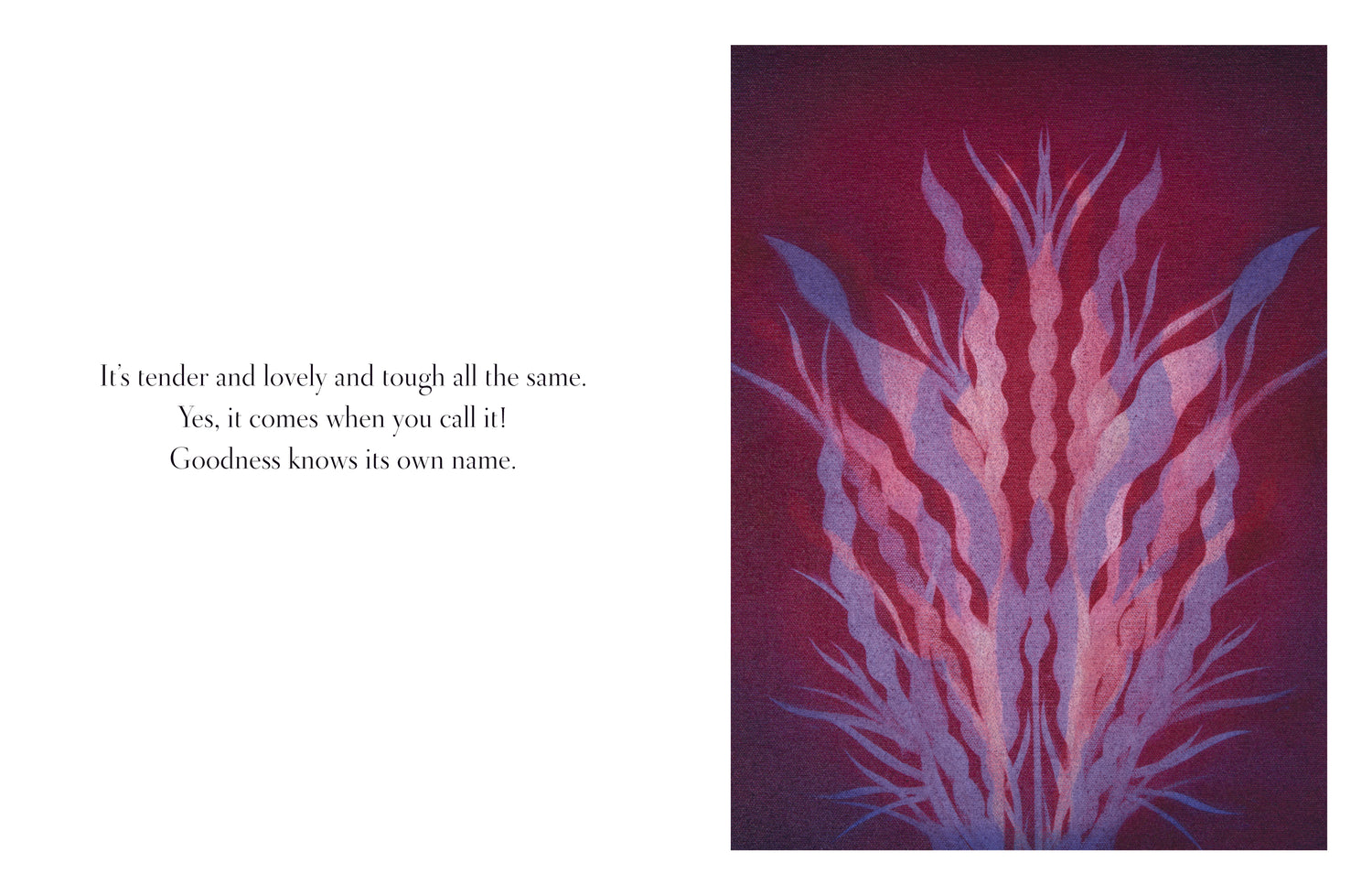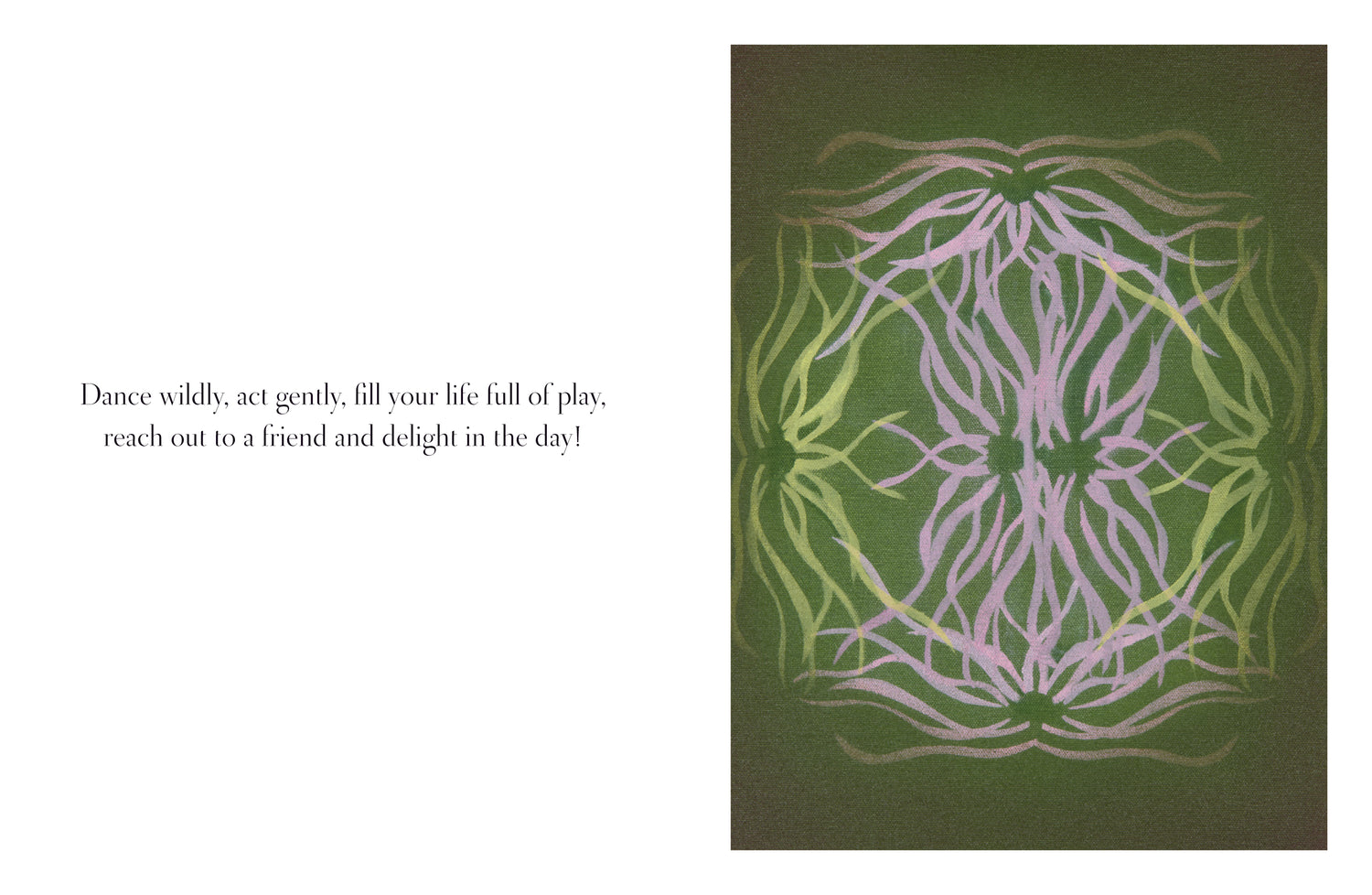Emily Morrison
What Color Is Goodness?
Share

First-time author Emily Morrison offers a vision of kindness, acceptance,and understanding in unsettled times within this beautiful poem, featuring the delightful illustrations of accomplished artist Pam McDonnell. The book is a discovery of the infinite colors of goodness and all the places where it canbe found. In its exploration, the tale takes the reader through all the colors of the rainbow, delving inside brown boxes and ribboned packages, in dark grey spaces, and even deep inside all of us. Goodness is found while dancing wildly and singing joyfully, and in quiet spaces with almost no color. Morrison hopes to transport readers to a world where poetry tellsa powerful story that relates to everyone. She believes lyrical poetry has thepower to inspire emotions that can create change. What Color Is Goodness? explores friendships, vulnerability, mindfulness, gratitude, acceptance, and community, lessons that connect all generations.

When my six-year-old triplets were in first grade, they began a poetry unit in April to celebrate National Poetry Month. They were each tasked to memorize three poems and recite a selection in their school’s poetry performance. Having raised my children on the same works that I was raised on, I was excited for them to pick out their own favorite poems and to discover current authors. I was surprised to find very little new children’s poetry. I felt compelled to write my own poems for my children, and what started as a fun exercise became a life-changing experience.

The words poured out of me, and my children were enchanted and inspired by the poems. For their seventh birthdays, they begged me to read a collection of my poems to their class. The class delighted in hearing the poems and participating in the rhymes. The poems spoke to the children in the same way that I had experienced lyricism as a child. Several months later, my cartwheeling five-year-old niece, Chilton, turned to me and asked, “Emmy, what color is goodness?”

Immediately, I sensed the profound magnitude of this childhood query. Her simple curiosity had hit upon a universal question that we all needed to have answered. Written for readers of all ages, this poem explores goodness in the most unexpected places. It does not look like one color, size, or shape, and the subtleties and nuances, beauty, and undersides are always waiting to be uncovered. Goodness is found in all of us, and it is up to each of us to search for and bring about goodness and to recognize it when we see it in the world.


